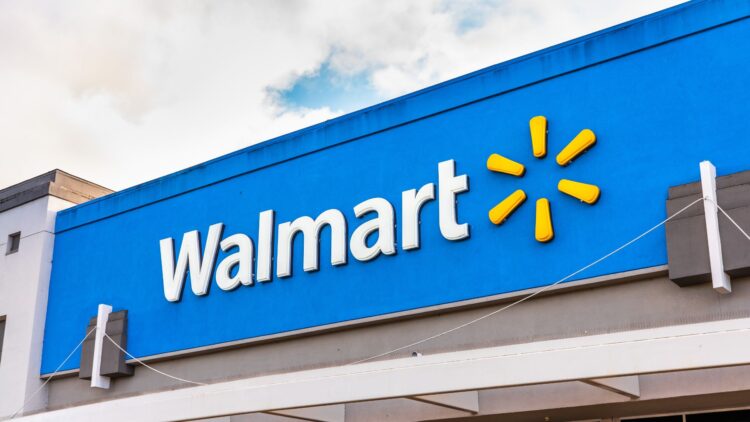The economy is in a truly terrible state right now, inflation is higher every day and the new tariffs implemented by Trump have made it so that prices are rising to try to get in front of the financial impact that companies know there is to come. One of the areas in which Americans are being extra careful with their spending is groceries, and while many used to go to places like Walmart or Target to get their food, they are now rethinking strategies and trying to find more affordable options. The surprising winner of the price comparison has been Aldi, a European grocery chain not as well known in the States.
Aldi has been operating in the States for years now, but it has been greatly misunderstood because of its weird cross between a traditional grocery store and a warehouse. Traditional grocery stores have every item set on shelves, arranged neatly, and helpful employees restocking and answering questions as they arise. Warehouses like Costco and Sam’s Club are not like that, items are on shelves, but not out of the boxes, and it is meant for bulk buying rather than single items.
Aldi falls in the middle. While they will stock shelves, most items will be left in boxes and it will be up to customers to get what they need. Employees are not as readily available but there are plenty of restocking efforts and the establishments do not look like a warehouse, more like a traditional store but slightly less shiny. This helps them cut costs while still giving a traditional service to customers.
Why Aldi is coming ahead of other grocery stores
According to a study conducted by Forbes Advisor, annual food expenses average between $3,683 and $5,970 per person. While this number varies significantly depending on where you live and where you shop, the correct grocery store will ensure some hefty savings. In fact, the discount platform Bravo Deal released an analysis of chains offering very low and truly affordable prices to consumers, which was done by comparing essential items such as milk, eggs, bread, and other staple pantry items and the results were not good for retail giants like Walmart.
The results were conclusive, Aldi emerged as the cheapest supermarket in the United States followed closely by Lidl, another German company that is gaining ground due to the same philosophy. Going further down the line we do find Walmart and Target, as well as Sam’s Club, but the savings difference is large enough that if you have an Aldi nearby you might want to consider switching your shopping habits.
Despite all the advantages and the low prices, Aldi and Lidl are not the most popular chains in the U.S. The American Customer Satisfaction Index shows that Costco, H-E-B, and Publix are the most well-received supermarkets among consumers and Trader Joe’s and Sam’s Club round out the top five highest-rated stores for the shopping experience.
It is not a surprise, Americans love good customer service that will bend over backwards for them, and the German chains are not known for doing this as their corporate policies will not allow them to bend the rules for unreasonable customers. Plus, many shoppers value more employee service and even the store’s infrastructure (checkout speed, store layout, and the efficiency of self-checkout stations) such as what Walmart or Costco offers, than any savings that they could get by shopping elsewhere.
But with belts tightening as much as they are, many will not have another choice but to adapt to the more austere shopping experience that Aldi offers if they want to continue to feed their families good nutritious food, as when prices soar, at some point savings become key.

